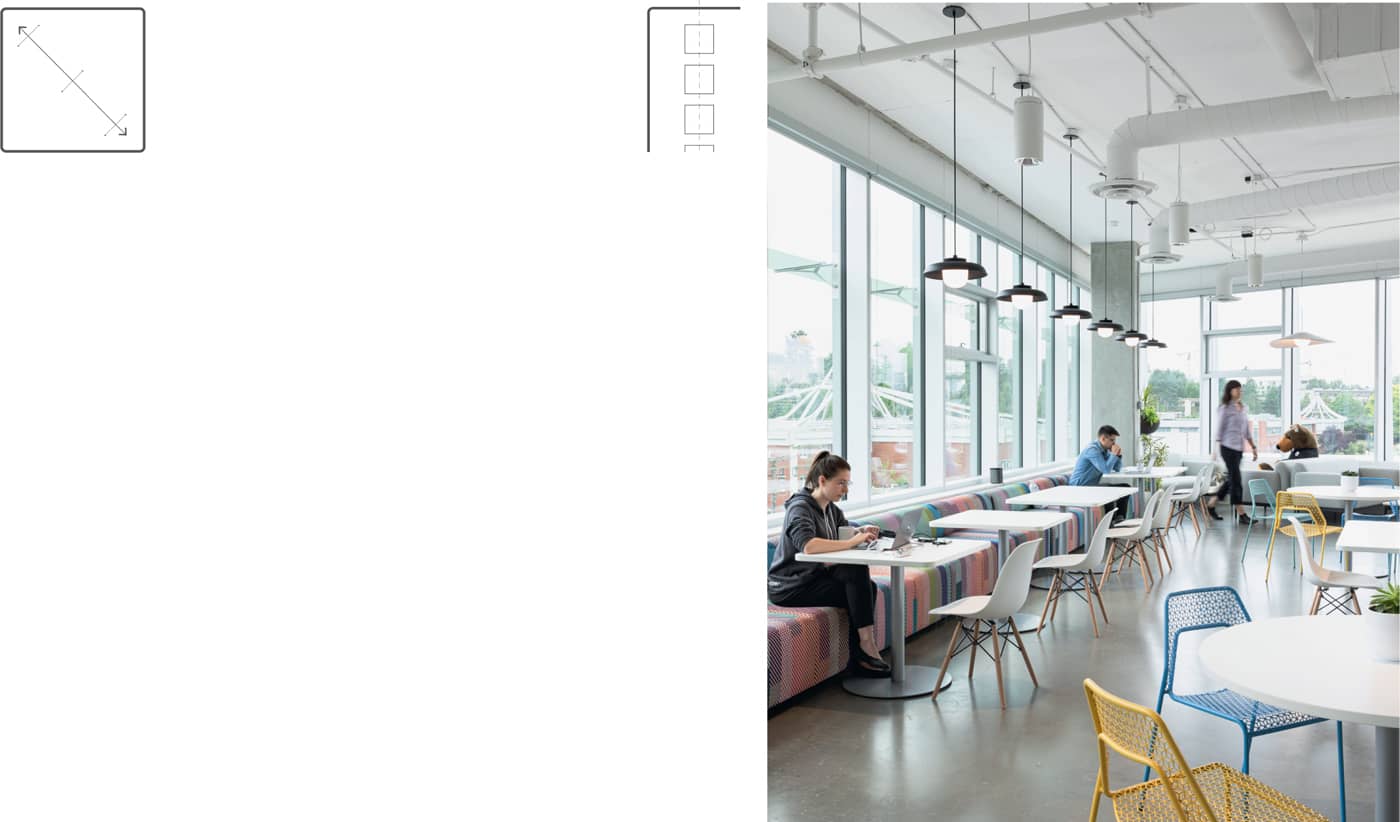05 Alignment
The arrangement of elements along a line.
Alignment is the technique by which a designer organizes movement through a space by using visual cues, place cabinets in an elevation, or the matches in a wood veneer. Cabinets and finish carpentry are sure of the most impactful elements in a design. They are also the most meticulous when coordinating with adjacent walls and finishes. In this, alignment is key. Thinking spatially, vertical and horizontal lines that do not align will look careless and disorganized.
Other elements with vertical and horizontal lines provide opportunities for using alignment as a tool for symmetry, or using misalignment as a method of destabilizing a design. Shelves, windows, artwork, as well as wall- or ceiling-mounted lights are all ways in which alignment can help organize a space.
Furniture and other objects don’t need to be positioned at right angles to walls. If a space is big enough, principles of asymmetrical arrangement can be used to align objects so that they appear dynamic and compositionally at odds with the geometry of the room.

Well-coordinated alignments in utilitarian spaces emphasize usability and function.

The asymmetrical arrangement and alignment of furniture in MIT’s Media Lab’s social spaces contributes to a dynamic space.

Light fixtures by RBW are carefully arranged over tables to provide order and function in this café.
